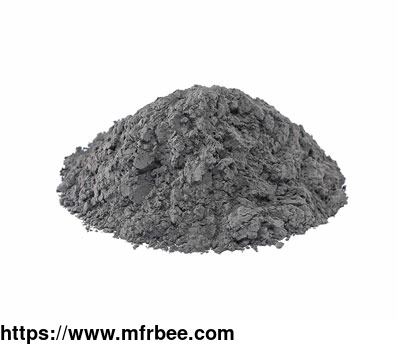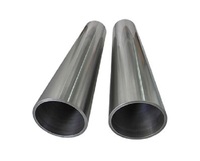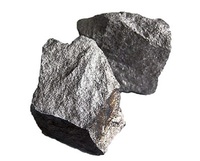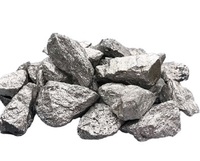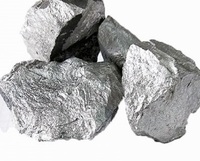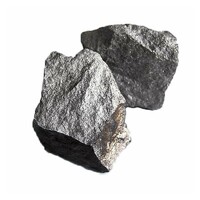Tungtsen Powder
Product Quick Detail
- FOB Price
- USD $25.00 / Piece
- Minimum Order
- 100
- Place Of Origin
- Beijing, 100079, China.
- Packaging
- Ton bag, iron barrel, wooden box
- Delivery
- 15 days
Specifications
Tungsten powder is the main raw material for processing powder metallurgy tungsten products and tungsten alloys. Pure tungsten powder can be made into silk, rod, tube, plate and other processing
materials and certain shape products. Tungsten powder mixed with other metal powder can be made into a variety of tungsten alloys, such as tungsten molybdenum alloy, tungsten rhenium alloy,
tungsten copper alloy and high density tungsten alloy.
Specification of Tungtsen Powder
Grade Granularity(µ) Oxygen content (%.Max)
W-0 0.40-0.69 0.3
W-1 0.70-0.99 0.3
W-2 1.00-1.49 0.25
W-3 1.55-1.99 0.2
W-4 2.00-2.49 0.15
W-5 2.50-2.99 0.15
W-6 3.00-3.49 0.1
W-7 3.50-3.99 0.1
W-8 4.00-4.49 0.07
W-9 4.50-4.99 0.07
W-10 5.00-6.99 0.05
W-11 7.00-8.99 0.05
W-12 8.99-14.99 0.05
W-13 15.00-25.00 0.05
Application of Tungtsen Powder
The important application of tungsten powder is to make tungsten carbide powder, which is then used to make carbide tools, such as turning tools, milling cutters, drill bits and dies.
Production Process of Tungtsen Powder
It is prepared by hydrogen reduction of tungsten trioxide or ammonium paratungstate. The process of making tungsten powder by hydrogen reduction is generally divided into two stages: in the first
stage, tungsten trioxide is reduced to tungsten dioxide at the temperature of 500~700oC; In the second stage, tungsten dioxide is reduced to tungsten powder at the temperature of 700~900oC. The
reduction reaction is usually carried out in a tubular furnace or rotary furnace.
The properties of reduced tungsten powder (such as purity, particle size, particle size composition, etc.) mainly depend on the reduction process. When reducing tungsten powder in a tubular
furnace, the main process parameters affecting the reduction rate are reduction temperature, the loading amount of tungsten oxide in the furnace, the moving speed of the furnace, the flow rate of
hydrogen and the moisture content of hydrogen. With the increase of reduction temperature, the particle size of tungsten powder becomes coarser.
In addition to the hydrogen reduction method, tungsten oxide carbon reduction method was also used in the early stage, and the reduction temperature was higher than 1050oC. The tungsten powder
obtained in this way is of low purity. In addition, the process of reducing tungsten oxide with aluminum, calcium and zinc is also in progress. For special applications requiring high purity and
ultra-fine particle size tungsten powder, the reduction method of hydrogen tungsten chloride has been developed, and the particle size of tungsten powder can be less than 0.05μm.
Features of Tungtsen Powder
01.
The hardness of tungsten is the hardest of all metals. The hardness of the sintered tungsten bar is 200 ~ 250, and the hardness of the rotary tungsten bar is 350~400. A mixed acid dissolved in
nitric and hydrofluoric acid.
02.
Melt with a mixture of sodium hydroxide and sodium carbonate. Slightly soluble in nitric acid, sulfuric acid, aqua regia; Insoluble in water, hydrofluoric acid, potassium hydroxide. Tungsten comes
in two variants, A and B.
Type A is a stable body-centered cubic structure at standard temperature and atmospheric pressure. Type B tungsten appears only in the presence of oxygen. It is stable up to 630℃, and above 630℃ it
is converted into A tungsten, and this process is irreversible.
There are many tungsten powder suppliers, but we are one of the best choices for you.
- Country: China (Mainland)
- Founded Year: 2003
- Address: Building 13, Courtyard No. 88, Shiliu Center, Liuxiang Road, Fengtai District, Beijing, 100079, China.
- Contact: hsgmetal com
